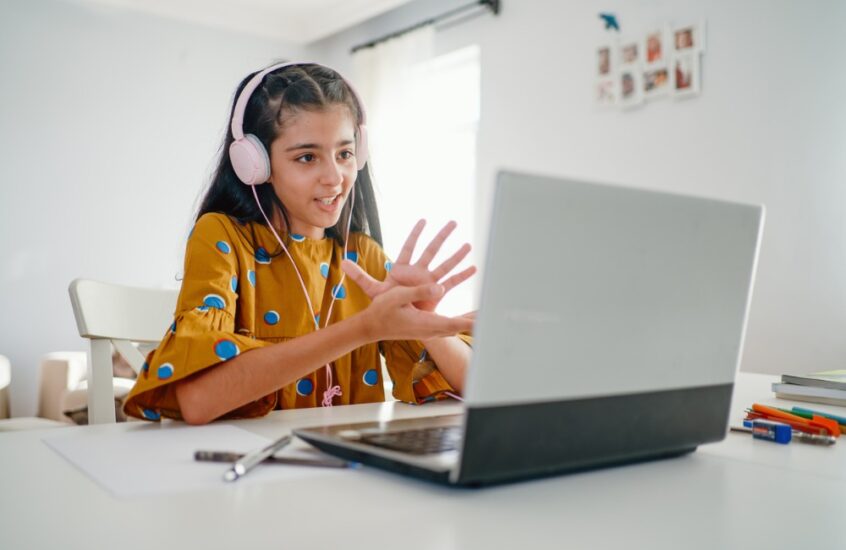The last year has been difficult for many students, and the transition towards online learning has been harder on some than others. Is your student starting to fall behind? Here’s how Tutor Doctor can help.
When talking about a student’s academic progression, it’s important to understand what learning gaps are (and how they form). Many parents are surprised to find that learning gaps are actually quite common in students, even during a “normal” school year. A learning gap essentially describes when a student is having trouble understanding a core concept that they should already be familiar with by a certain point (based on their age and grade level). Learning gaps are a particular problem in education because so much of a student’s academic progress is based on building blocks and sequential learning. If a previous concept wasn’t clear to a student but this week’s lesson builds upon that knowledge, a learning gap begins to form. And since education is a gradual process, learning gaps can potentially continue to widen – making it harder and harder to break the cycle and “catch up.”
So, how is COVID related to the formation of learning gaps? Well, let’s break it down. In most cases, we see learning gaps emerge from two scenarios:
- A student never fully understood a previous concept, so new concepts that build on this previous knowledge now don’t make sense. A simple example would be a math student that never really “got” division. Now the teacher has moved on to fractions, and the student is even more confused.
- Time off from school. Parents are often surprised to hear this, but it’s a well-known fact that students tend to lose some of their learning gains during extended time off school. Summer vacation is a particular culprit, where students often return after the break having forgotten some of the concepts and material they learned the year before. In the academic world, this is often referred to as the “summer slide” – but it can happen with any lengthy period where students are not in school.
Unfortunately, the COVID pandemic has presented a combination of these two scenarios for many students. With so many school districts closing early last year, many students found themselves “off” from school for 6-7 months (or more, in some areas). Students that were already suffering from learning gaps before this year may have found these problems have worsened. However, many students who have not previously experienced learning gaps are now facing a unique challenge – and recent research projected that students returned to school this fall retaining approximately only 63-68% of their learning gains in reading and 37-50% in math (in comparison to a regular school year).
So what can Tutor Doctor do to help?
- Backtracking. Since learning is based on stepping stones and building blocks, a student needs to have a solid academic foundation in order to move forward successfully. A one-to-one tutor has the unique ability to go back and revisit prior concepts without any time constraints. Some students just need more practice or the ability to ask questions during each step, and a private tutor makes this a possibility.
- Adaptation. As we’ve discussed before on our blogs, students all have different learning styles. A visual learner, for instance, may be fine with traditional “chalkboard” instruction – but kinesthetic learners may need a more hands-on activity to illustrate challenging concepts. A private tutor can adapt their instructional methods to fit the learning style of an individual student.
- Identification. Tutors can scope out areas that the student may not even know they needed extra work on. The goal of one-to-one tutoring isn’t just to help with the current “issue” the student is facing, but also to make sure any learning gaps that have previously formed are both identified and addressed.
Want to learn more about Tutor Doctor’s online tutoring options? Click here!


